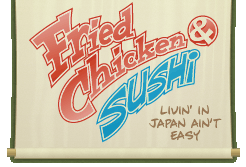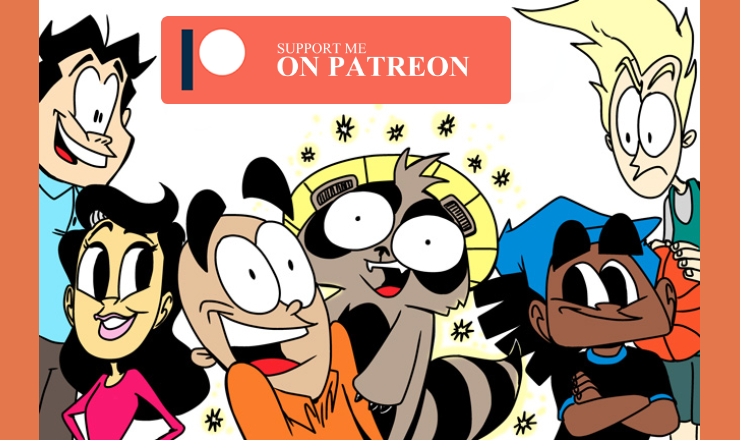Why my Biracial Daughter Wears Straight-Hair Wigs - Should I stop her?
/Illustrated by Khalid Birdsong on friedchickenandsushi.com
Reading this comic strip, you would think my daughter is confident and comfortable with exactly who she is at all times. Well, you'd be mistaken. Alana (the name I use for her in the comics) is a nine-year-old girl who epitomizes authenticity in every area but her hair.
Gliding into the living room, almost daily, holding her karaoke microphone. Wearing the pink and purple wig her grandparents gave her for Christmas, is nine-year-old Alana. My half Japanese, half African-American daughter.
On the one hand, I know she likes wearing the wig because it's straight and she thinks it looks better than her beautiful curly hair. On the other hand, I feel like she should take the wig off and feel good singing with her natural look.
Should I force her to take the wig off and be herself?
Of course, not. I think I should relax and let Alana pretend to be someone else for a little while. It's the only way, at this age, she will experience her dream of having long straight hair. Besides, It's fun.
The reality can be challenging to accept at times, though.
She'd rather have a straight look than her naturally curly mixed-ish hair.
I understand that most people are not in love with their hair and wish it could be different, but Alana really gets upset with what she's got. And I think I know why.
Alana is the only girl on both sides of our families with mixed hair.
In fact, she's the only one who's biracial. My side is all African-American, and my wife's family are all Japanese.
When Alana spends time with either side, it's clear that she doesn't look just like them. Of course, I know she's unique and beautiful but, I am her father. The fact that Alana doesn't see her self represented in our family may be making it difficult to feel connected. Now that she's growing older, she's noticing more and articulating her frustrations.
My wife and I want her to be proud of being a part of two races and cultures but know we can't fully understand how she feels.
I will say, though, living as people of color in the United States gives us perspectives on what it's like to be treated differently. Still, we both can return to our upbringing as a way to ground ourselves.
I'm proud of being black and can share any trials and tribulations of black life with my family. My wife was born and raised in Japan. She can return to her country and take in everything she loves and fit right into the culture.
No matter where we go, Alana stands out.
Some of this desire for straight hair comes from watching movies and TV shows, of course. She sees so many white girls, and even Japanese girls—when we're watching TV Japan—with hair Alana feels is "beautiful and easy to comb."
What can we do?
I'm grateful for the short film "Hair Love," directed by Matthew A. Cherry about an African-American girl and her father learning to do her hair. There were so many moments watching it where Alana shouted, "That's like when you do my hair, Daddy!"
Another great example is the "Black-ish" TV show spinoff "Mixed-ish." Where Tracee Ellis Ross tells the story of her character, Rainbow, as a child growing up as a biracial child in the 1980s. The show is funny, heartfelt, and honest about how confusing it can be at times living in the middle of two families of different races, with a desire to love and honor both equally.
These beautiful examples of representation help to foster conversations.
Without them, I don't think we could discuss being mixed race as smoothly. Alana sees herself as unique and has a better understanding of her place in the world because of these creative artists.
I hope by sharing this story in writing, and comic strip format inspires those who need to see themselves represented.
Representation is grand, but it doesn't solve all our challenges.
Alana still doesn't like getting her hair combed.
We're working on that.





